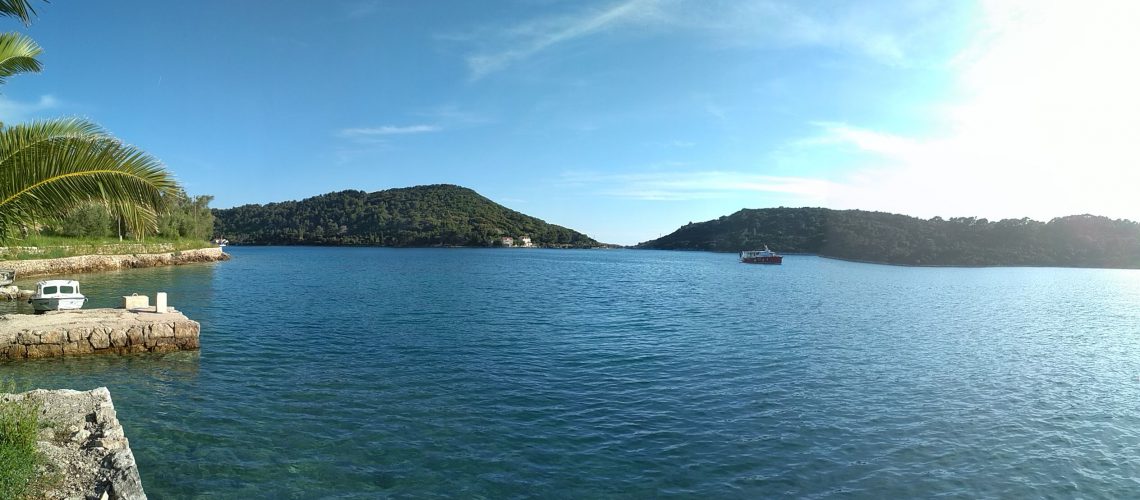

As part of the educational activities of the project, we visited elementary school students at Elafiti. To them we have transferred our knowledge and love of the sea. We talked to them about climate change: Do they even know what they are? How can they be seen and felt? And how does the marine environment respond to it; animals, plants and algae that live in it? About the problem of coral bleaching, students learned through a story from a perspective of a coral called Kora, whose algae friends have left because they do not like the hot and acid sea. The story of his adventures and travels wanted to share Puffy (napuhanko), who is a fish that likes only warm seas has decided to visit now warm and cozy Adriatic, that every year is more similar to his native tropic seas. Numerous other stories were shared with the students, and in this way explained to them the problems such as temperature rise and sea level rise, acidification, more frequent storms and the arrival of thermophilic species that can be alien, not-native species (spotted sea hare – Aplysia dactyomela) but also can be invasive species (such as sea grape Caulerpa cylindracea, silver-cheeks toadfish Lagocephalus sceleratus, dusky spinefoot Siganus luridus). We have also tried to point out that this is a great pressure and stress on Earth, all of us, but also all organisms – which is why they can easily get sick – and when they do, and do not have a way to “relief their symptoms” and they do not have the “medicine” – bacteria, viruses, parasites attack. A similar thing is happening to the noble pen shell whose mass mortality events are being reported all over the Mediteranean since 2016.
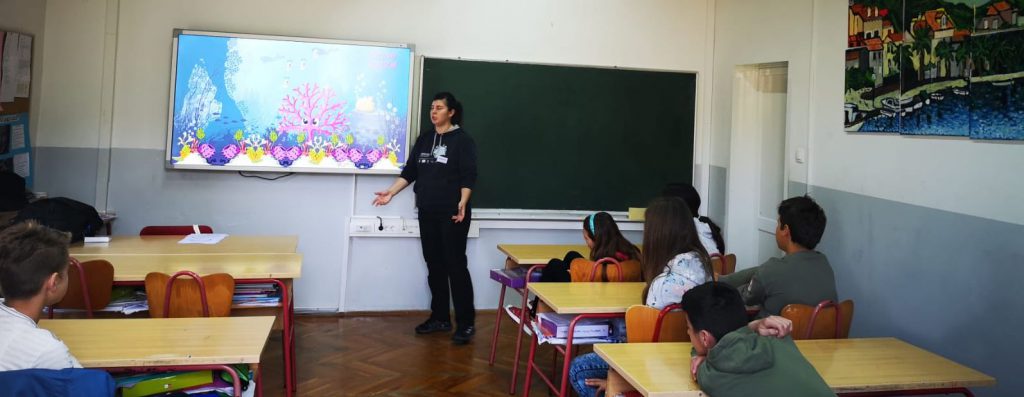
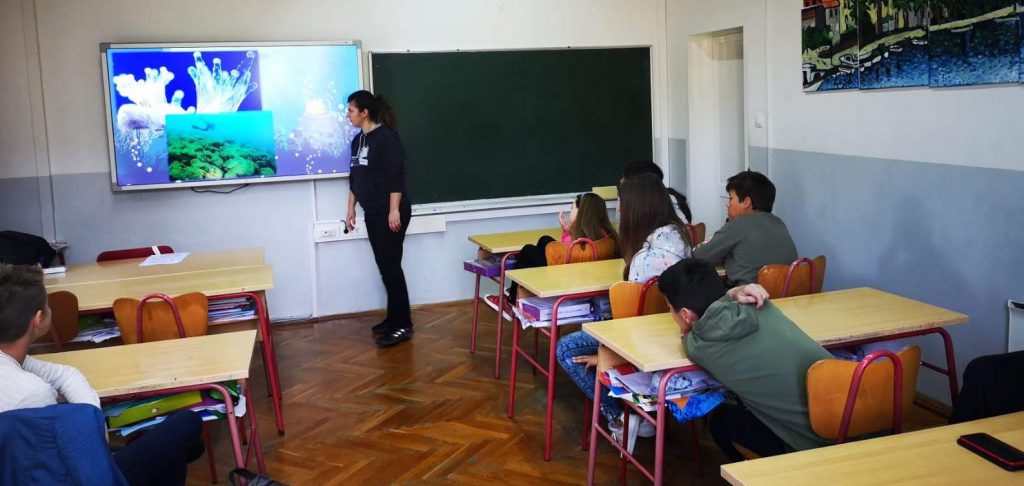
After a short lecture, there was a fun educational game. For lower grade students, the task was creative – name and color the assigned drawing of one of the marine animals, and figure out how climate change can (positively and / or negatively) affect that particular animal. While the students in the uppur grades had a quiz of knowledge with the same animals, where the key to win was knowledge and speed. The best, most creative and the fastest were rewarded!
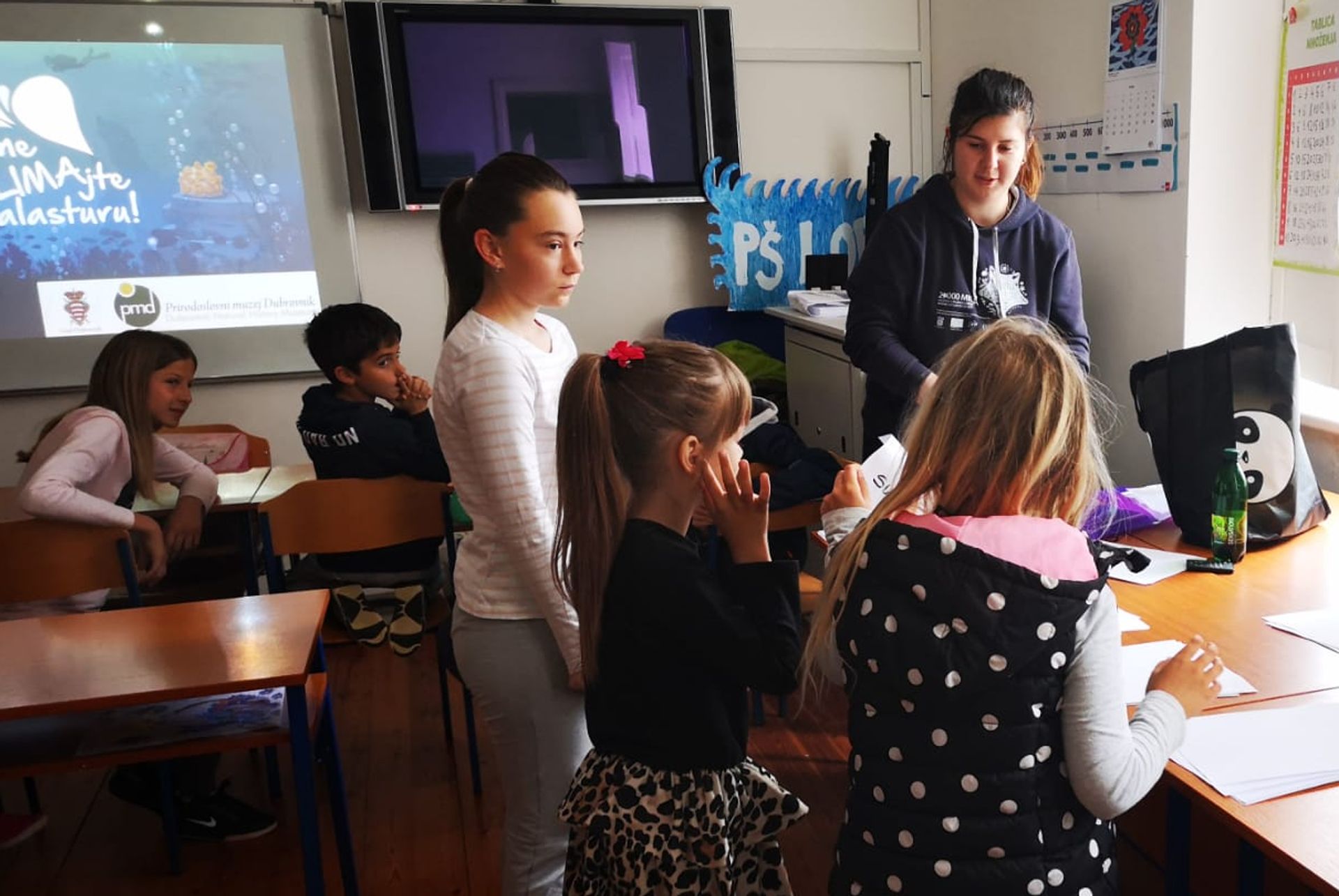
Then all of them found out, firsthand, what do “marine explorers” do? They met our diving-research boat Blu, and the equipment we use while researching the Neptune sea grass, sea urchins and sea cucumbers, noble pen shell, etc. They also saw what diving equipment looks like and experienced how it breathed through a regulator. At the end, they all got a brief glimpse onto our little “submarine” – the ROV (Remotely Operated Vehicle) that we are using since this year for our research. As part of these activities, we visited the school on the island of Lopud Thursday 9 May, where 13 students expected us and were very eager for new knowledge, similar to students from the island of Šipan where we were on Friday, May 10, and 23 students from the village of Šipanska Luka and Suđurađ participated in the educational workshop. We thank the teachers and professors, as well as the students, and we will certainly return to Elafiti Archipelago. The project continues in the autumn.
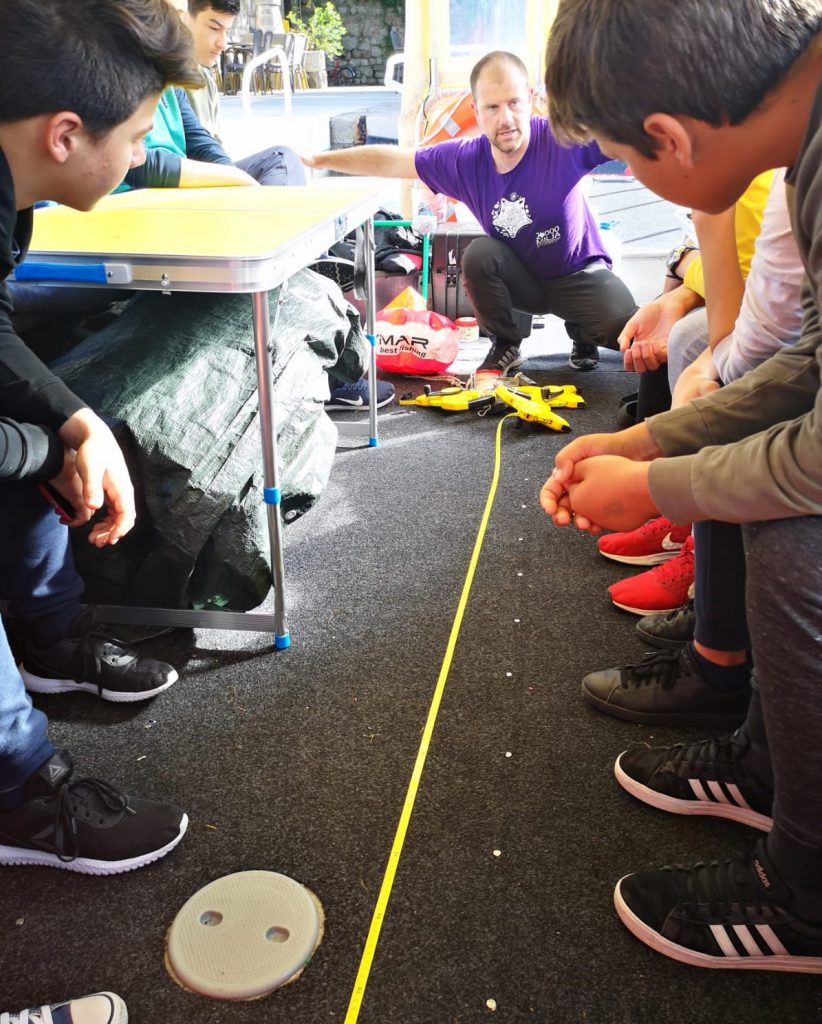
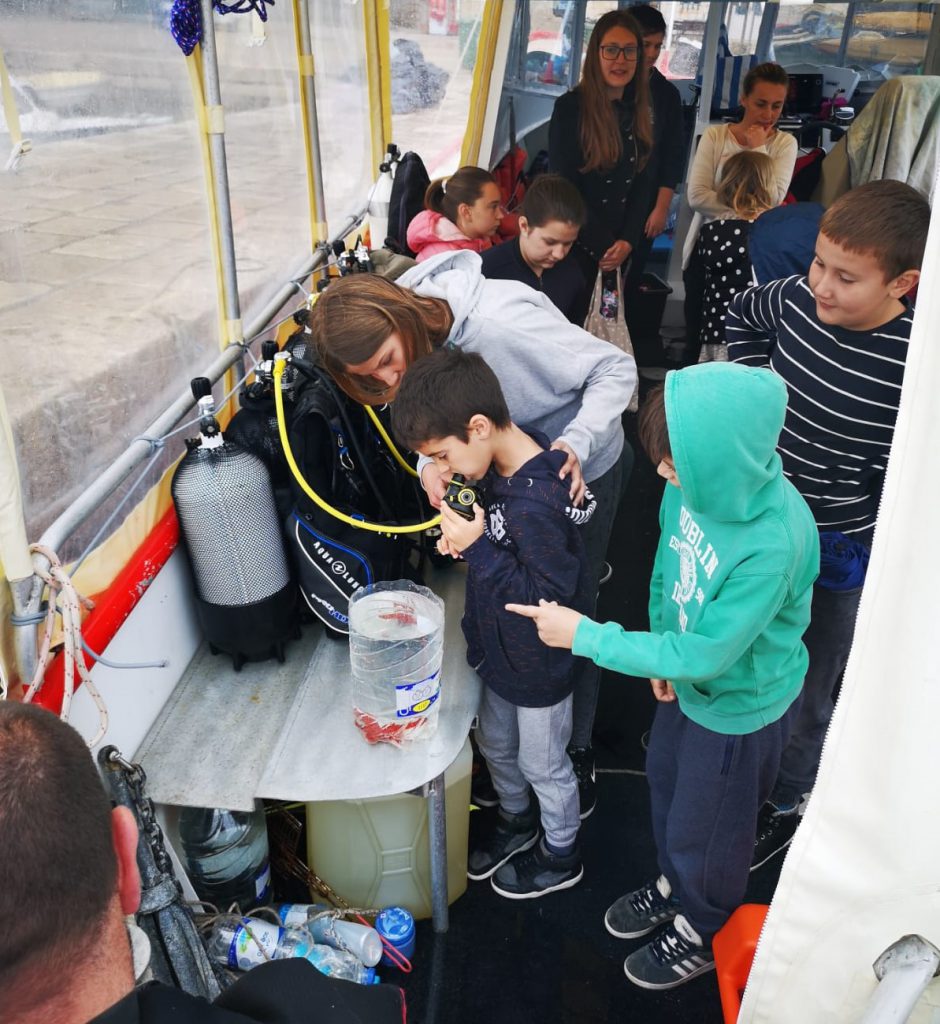
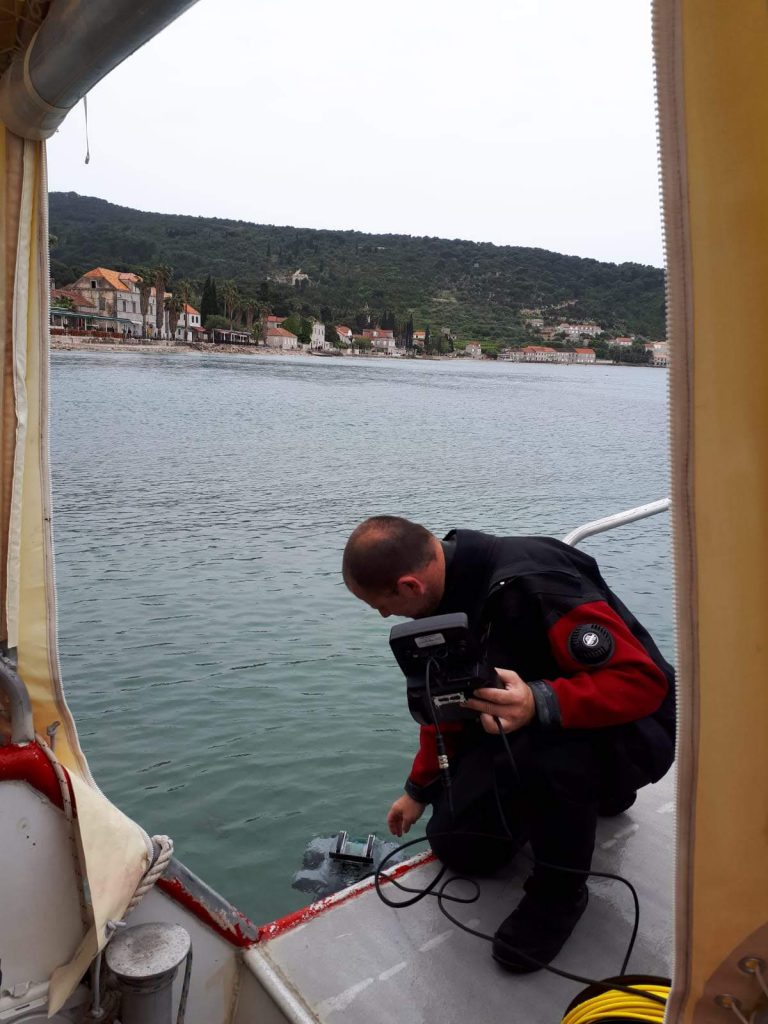
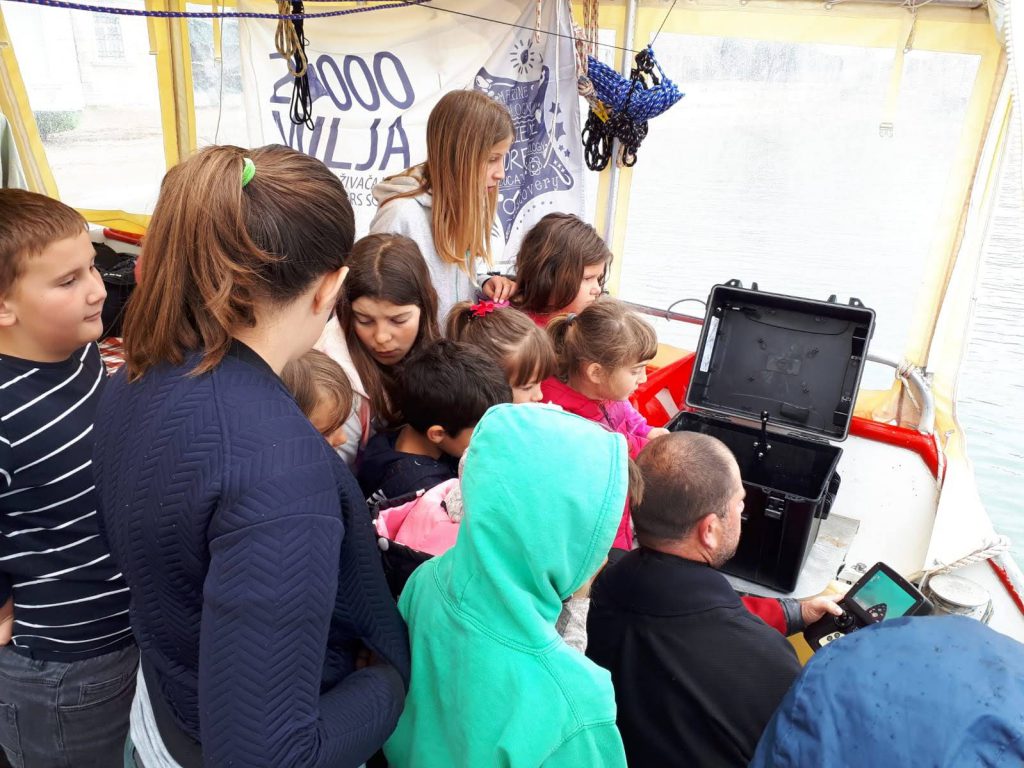
Along with the educational workshops for the youngest, the goal of this project is to create an educational booklet that could bring the climate change issue to all citizens – for this purpose we went to search for local residents who would participate in a short survey. Through that, they would point out how much we know about climate change? Do we see them and notice them in everyday life? And how important are they in the life of an average islander? About 50 participants gave their contribution from Kolocep (Kalamota) in Donje Čelo, Lopud in village Lopud, and Šipan in the village Šipanska Luka to the survey.
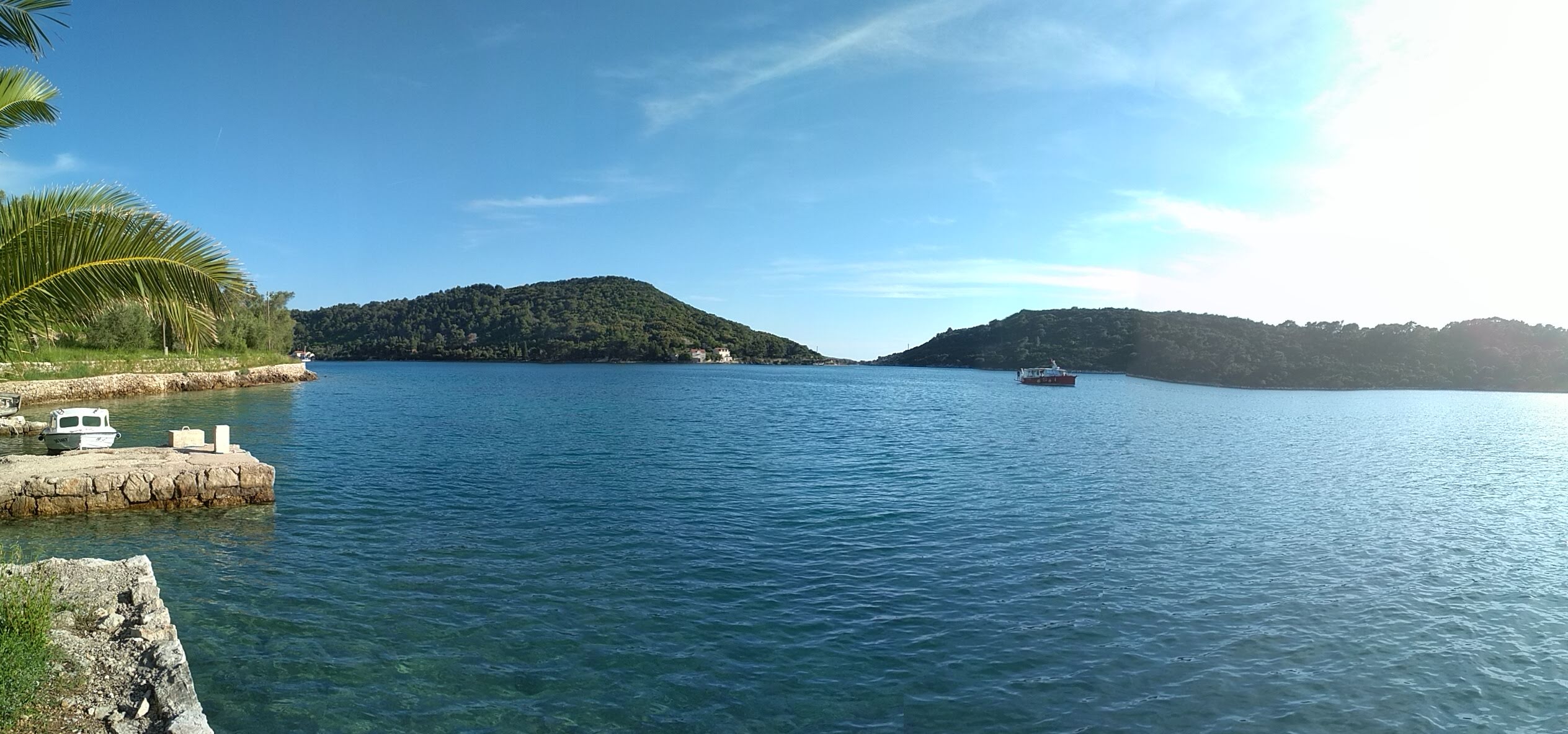
Project partner is Dubrovnik Natural History Museum, and the City of the Dubrovnik supported the project with financial contribution.

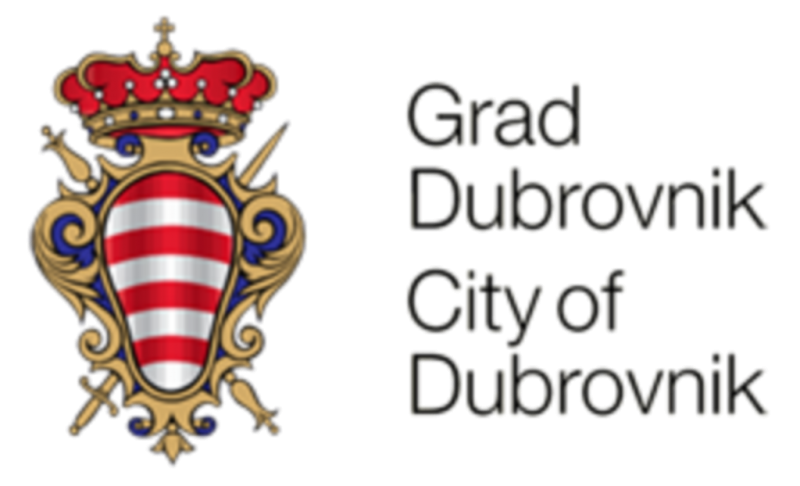
Photos: Nikolina Rohtek i Barbara Čolić
2025 © Marine Explorers Society 20.000 leagues. ALL Rights Reserved.
